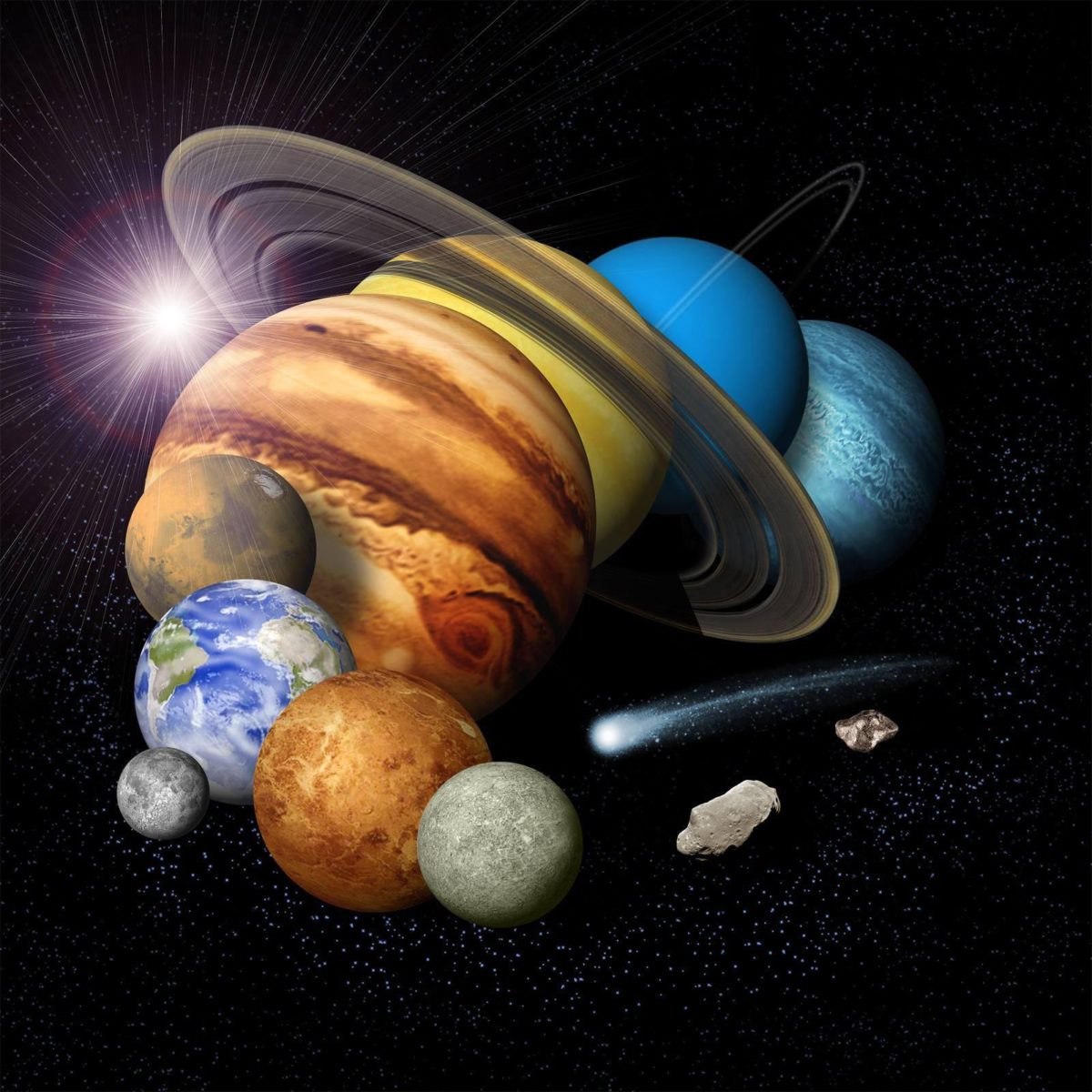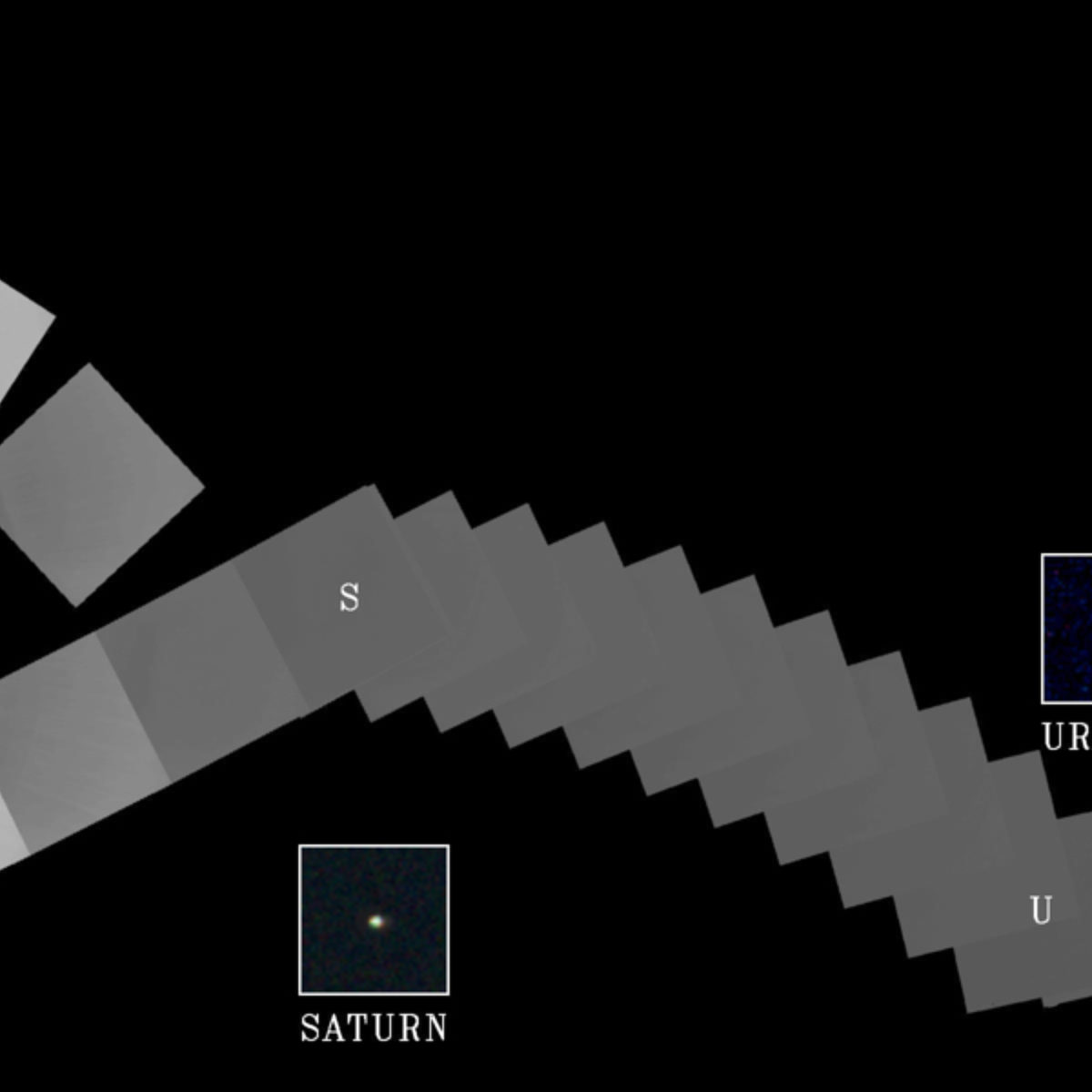All
All
Stories, updates, insights, and original analysis from The Planetary Society.
Reports from the 2009 AMASE Field Expedition
Now that it's high summer in the Arctic, it's time for research expeditions to swarm northward to explore icy landscapes as analogues to Mars and other far-off places.
Dunes in the Outback Red Center
Jani talks about the importance of understanding analogs we can easily visit on Earth to processes happening across the solar system.
Planetary Surface Processes Field Trip: Day 7
Friday was the last day of the field trip, and we spent it at the Petrified Forest National Park.
Planetary Surface Processes Field Trip: Day 6
Today we visited Grand Falls and the nearby dune field. Grand Falls is especially interesting because it combines many of the processes that are active in shaping planetary surfaces.
Planetary Surface Processes Field Trip: Day 5
Today was a long and awesome day. We started out at Meteor Crater, the youngest and best preserved impact crater on Earth!
Planetary Surface Processes Field Trip: Day 4
Today we visited the Grand Canyon. If you haven’t been there before, there is no way to convey what it is like.
Planetary Surface Processes Field Trip: Day 2
Today we made our way from Phoenix north to Flagstaff, and on the way stopped to check out some interesting geology in Sedona and Oak Creek Canyon.
Planetary Surface Processes Field Trip: Day 3
Today was all about volcanoes.
Sands on Earth, Sands on Mars
One of the ways that planetary scientists try to understand the origin and evolution of landforms on other planets is by studying similar kinds of landforms or
Space weather affects everyday life on Earth
According to a press release issued this morning by the National Oceanic and Atmospheric Administration, the enormous solar flare that erupted on December 5 and 6 last year was accompanied by an intense radio burst that caused large numbers of Global Positioning System recivers to stop tracking the signal from the orbiting GPS satellites.
Europa on Earth: The Sulfur Springs of Borup Fiord Pass, Ellesmere Island
From June 21 to July 6, 2006, a four-person team traveled to Borup Fiord Pass to perform geological field studies to compare with satellite images.
5...4...3...2...1...1...Happy New Year!
Read that title aloud. Yes, the last minute of 2005 is actually 61 seconds long.
A fun picture for holiday travel
A fun NASA explainer just crossed my email inbox and I thought I'd share it.
Another day, another natural disaster on Earth seen from space...
...but this one is much closer to home than Katrina and Rita were.
A debate about time
I received a press release in my inbox this morning that made me think. It came from the Royal Astronomical Society, and was titled
Images from the August 2, 2005 MESSENGER Flyby of Earth
On August 2, 2005, MESSENGER flew by Earth at an altitude of a mere 2,347 kilometers above Mongolia.
MESSENGER is getting close
MESSENGER is now returning images as it is bearing down on Earth.
MESSENGER Snaps Earth-Moon Image in Approach to First Flyby
As MESSENGER began its approach for its August 2 flyby of Earth, its cameras have snapped their first images. The images clearly show a cloudy Earth—and, to scientists' surprise, the Moon as well.
Voyager's Last View
Home. Family. This will be Voyager's enduring legacy: It has changed forever the feelings raised by those words. Through its robotic eyes we have learned to see the solar system as our home. Through its portraits of the planets we know that they are part of our family. Apollo astronauts showed us a tiny Earth alone in the blackness of space. Now, with these images, Voyager has shown us that Earth is not really alone. Around our parent Sun orbit sibling worlds, companions as we travel through the Galaxy.


 Explore Worlds
Explore Worlds Find Life
Find Life Defend Earth
Defend Earth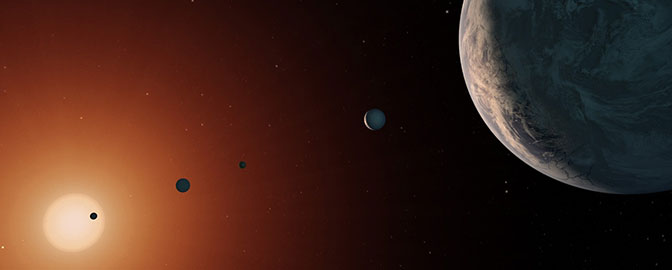
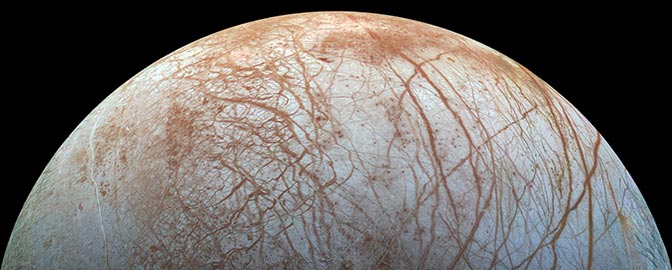
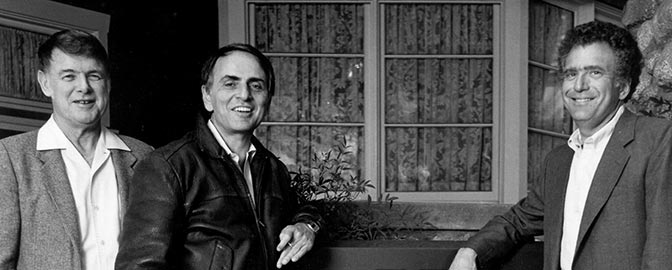
 Sun
Sun Mercury
Mercury Venus
Venus Earth
Earth Mars
Mars Jupiter
Jupiter Saturn
Saturn Uranus
Uranus Neptune
Neptune Small Bodies
Small Bodies
